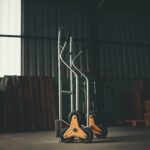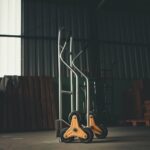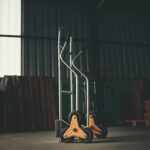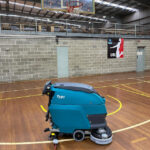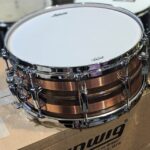In today’s highly competitive world, running a business requires not only time and money, but high experience and knowledge as well. For example, if you run a warehouse, efficiently managing warehouse operations is a challenge. There are so many factors to consider including safe handling of the inventory. Knowing which lifting and moving machine/vehicle when to use is crucial. Also knowing how to operate and maintain each warehouse vehicle is equally important.
For example, being in a warehouse business, you certainly know everything there is to know about a reach truck. Right? How about your employees (all of them and not just those that are responsible for such tasks)? To help you out, here’s some basic information on reach trucks and their applications.
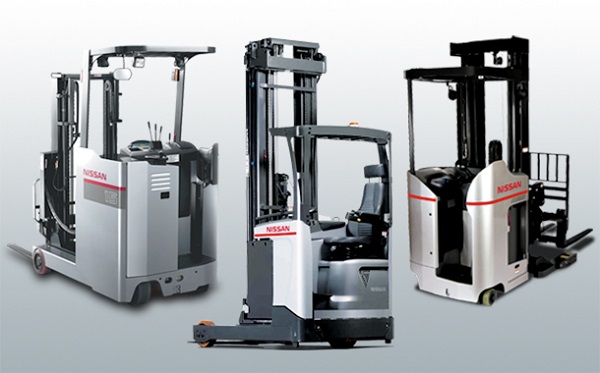
What is a reach truck?
A reach truck is a type of lift truck designed for high lift materials management on pallet aisle racked storage system in warehouses. Basic reach trucks are characterized by an outrigger mechanism located on front of the truck, a pair of forks designed to move up and down and a hydraulic set-up that enables the operator to maneuver the loads.
What are the different types of a reach truck?
Pantograph Reach Trucks: Designed to drive into the racking system to load pallets. It features a scissor design mechanism which enables it to extend the lifting fork forward and have a higher lifting capacity when extended at double deep reaching. However, racking configurations must be organized to have no bar on the bottom level.
Moving Mast Reach Trucks: These trucks consist of a hydraulic system based on rails that allow the entire mast to move ahead. They come with bigger-diameter wheels which give a better ground clearance, making them able to operate in narrow spaces. These reach trucks require a fork extension attachment in order to be able to handle double deep racking tasks.
What are the differences between the two types of reach truck?
Both types are very similar, however the pantograph reach truck can handle double deep racking application while the moving mast type requires an attachment to handle the same tasks.
Can reach trucks work in outside work environments?
Yes, but only on flat grounds. And because reach trucks are powered by a battery, they cannot perform in the rain. Reach trucks are designed to meet tough material handling, while ensuring high performance and reliability and low running cost.

